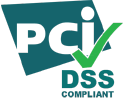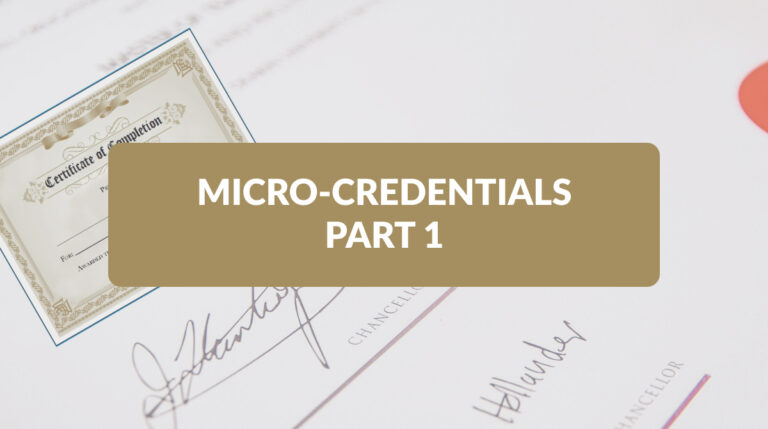Just what type of digital credential is a micro-credential? Right now, it depends on whom you ask.
Think money talks? If so, this description might suffice: Micro-credentials and alternate credentials are predicted to represent a $20 billion market, internationally, by 2025.1
Kryterion’s definition is adapted from the book, The Business of Certification: Creating and Sustaining a Successful Program, 2nd Edition, written by Lenora G. Knapp, Ph.D. and Joan E. Knapp, Ph.D.

A micro-credential formally recognizes and verifies achievement of a limited set of specific competencies or skill sets, as confirmed by assessment, and may or may NOT include a training component.
Micro-credentials are also distinguished by their adaptability, as they can be used for a variety of purposes (e.g., professional development, reskilling, etc.)
Kryterion’s own Chief Psychometric Officer, Leslie Thomas, Ph.D., offers this crisp analogy. A micro-credential is “the Swiss Army knife of credentials.”
Rapid development of new digital products and services has created vast demand for knowledge workers with specialized skills. (See our blog post: Fourth Industrial Revolution.) Micro-credential boosters believe that this option can help deliver the skills that employers seek, and ambitious workers need to grow into new roles.
They’re Snackable
Micro-credentials, which Dr. Thomas characterizes as “snackable or bite-sized,” enable learners to develop new skill sets incrementally. Micro-credentials’ limited scope makes them more convenient to tackle and complete than traditional training and education programs.
Not incidentally, learners typically earn micro-credentials with a much lower initial commitment of time and money compared two- and four-year degree programs, or even standard credential programs.

But there are other advantages, too.
- Snackable learning means a shorter feedback loop.
- Rapid assimilation of new skills enhances personal motivation.
- Digital badging, when associated with micro-credentials, lets candidates promote themselves
Credential management programs benefit, too. It can be much easier to update a narrowly defined, limited purpose micro-credential, or a series of them, than to keep a complex credentialing program up-to-date.
Dr. Thomas points out that micro-credentials are often mixed and matched to meet learners’ needs and those of the organizations they (hope to) serve. For knowledge workers, a collection of micro-credentials quickly becomes a personal skills portfolio.
Micro-credential collection is also a neat segue to a discussion of micro-credential “stackability.”
They’re Stackable, Too
A micro-credential is “stackable” when it belongs to a series of related micro-credentials, which, when completed, constitute a path to a higher-level certification.
This is similar in concept to many students’ experience with two- and four-year academic institutions. There, a pre-defined series of courses completed in a specified sequence leads to the award of a degree or certificate.

Likewise, a stack of micro-credentials can be designed to achieve an industry-recognized credential. With micro-credentials, however, the pace of progress is more likely to be controlled by the learner.
If snackable, stackable micro-credentials strike you as a mouth-watering opportunity waiting to be harvested, you are not alone.
Earlier this year, the Brookings Institution, a nonprofit public policy think-tank, reported that its research “shows that stackable credentials improve employment and wages, particularly for students stacking in health or business.”2
Ask not for whom the cash register rings. It rings for us!
Micro-credentials & the Credentialing Ecosystem
Where do micro-credentials fit into the credentialing ecosystem?
There are five distinct answers to that question. Find them all, summarized, in “Micro-credentials Part 2.”
1. Online Degree and Micro-Credential Market to reach $117B by 2025, HolonIQ, March 2021
2. Stackable credentials can open doors to new career opportunities. Brown Center Chalkboard. February 2, 2021.








